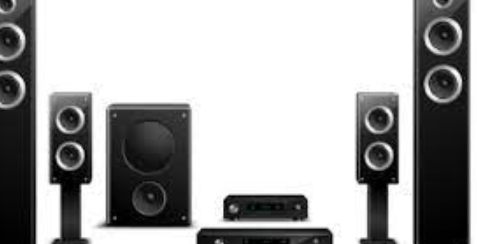If you’re a movie buff, who loves nothing more than curling up on the couch with a bucket of popcorn and a great film, a home theatre could be what you need to take your viewing experience to the next level.
Are you a movie buff looking to create the ultimate home theatre experience? Well, you’ve come to the right place! This guide will provide you with everything you need to know about setting up a home theatre system installation from scratch. From selecting suitable equipment to optimising your audio and video settings, this guide has got you covered.
Selecting the Right Equipment
The first step in setting up a home theatre is selecting the best equipment. This includes a TV or projector, speakers, an AV receiver, and cables. Here are a few factors to consider when selecting your equipment:
Room Size: The room’s size will determine the TV’s size or projector and the number of speakers you require.
Viewing Habits: Do you watch movies or TV shows? Do you play video games? Different types of content require various equipment.
Audio Preferences: Do you prefer a surround sound experience or a simpler stereo setup?
Setting Up Your TV or Projector
The next step is setting up your TV or projector. Here are a few tips for getting the best picture quality:
Choose the correct screen size: Your screen size should be proportional to the distance between the screen and the seating area. You can use online calculators to determine the optimal screen size for your room.
Adjust the settings: Most TVs and projectors have preset modes for different types of content. Experiment with these settings to find the one that looks best to you.
Use a calibration disc: Calibration discs can help you fine-tune your TV or projector’s settings for the best picture quality.
Installing Your Speakers
Speakers are an essential component of a home theatre system. Here are some tips for installing your speakers:
Position your speakers correctly: The placement of your speakers can significantly impact the sound quality. Follow the manufacturer’s guidelines for optimal placement.
Use speaker stands: Speaker stands can help position your speakers at the correct height and reduce vibrations.
Calibrate your speakers: Most AV receivers have an automatic speaker calibration feature that can optimise your speakers for your room.
Setting Up Your AV Receiver
The AV receiver is the heart of your home theatre. It receives audio and video signals from your sources (e.g., Blu-ray player, streaming device) and sends them to your TV and speakers. Here are some tips for setting up your AV receiver:
Connect your sources: Connect your sources to your AV receiver using HDMI cables.
Set up your audio: Choose the audio format that your system supports (e.g., Dolby Digital, DTS) and set up your speaker configuration.
Configure your video: Choose the video resolution and aspect ratio your TV or projector supports.
Optimising Your Audio and Video Settings
Optimising your audio and video settings is the final step for your home theatre system installation. Here are some tips for getting the best audio and video quality:
Adjust your room acoustics: Your room’s acoustics can significantly impact sound quality. Add sound-absorbing materials to reduce echoes and improve clarity.
Use a soundbar: A soundbar can provide a simpler solution if you don’t want to install multiple speakers.
Calibrate your video: Use a calibration disc or professional calibration service to fine-tune your TV or projector’s settings for the best picture quality.



